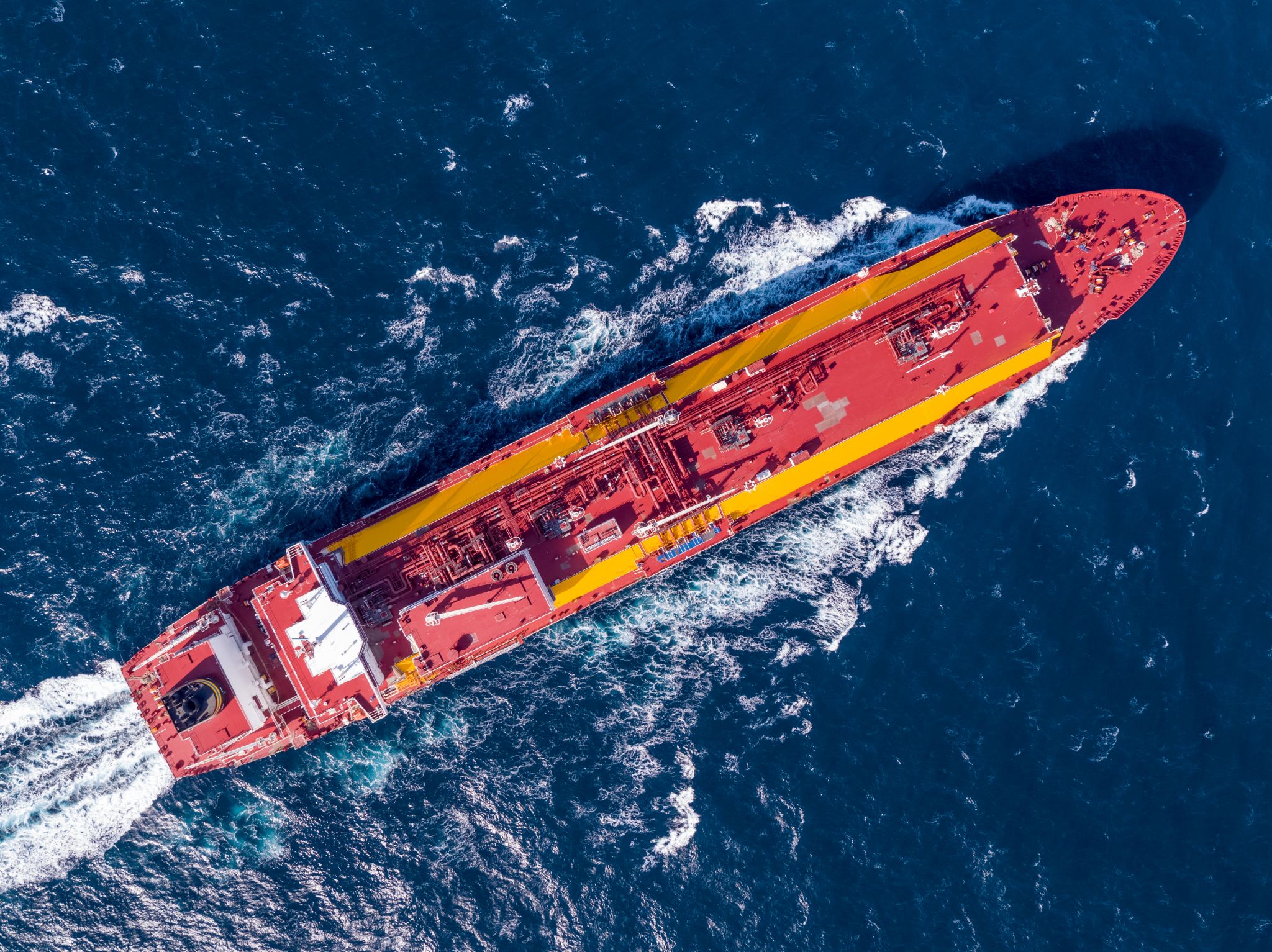Gulfstream LNG, a new LNG export project developer led by Vivek Chandra, has revealed plans to build a mid-sized greenfield liquefaction plant in Louisiana.
According to a statement issued on Wednesday, Gulfstream LNG has filed an application to the US DOE seeking authorization to export up to four million tonnes per annum (mtpa) of LNG to free trade agreement and non-FTA countries.
This follows Gulfstream LNG’s execution of a long-term lease agreement in Plaquemines Parish, Louisiana, securing a prime location to develop its export project, it said.
Gulfstream LNG’s 500-acre site, which includes over 1.3 km of deepwater Mississippi River frontage, is located south of New Orleans in Louisiana, a state accounting for over 50 percent of US LNG exports.
The leased site is exclusively available through a long-term ground lease and joint development agreement with a private company developing an intermodal container port with the Plaquemines Port, Harbor & Terminal District, Gulfstream LNG said.
Electric LNG plant
Gulfstream LNG’s team is designing the facility based on the use of mid-scale modular liquefaction trains successfully deployed and operating in other liquefaction projects in the region.
Moreover, electrical drives using power generated from low carbon and renewable fuels will drive the liquefaction trains, according to the firm.
“This proven project design will result in reduced cost and schedule risk, manageable local construction requirements, and lower capex than other facilities based on larger and more complex trains,” it said.
First production in less than six years
Gulfstream LNG said it would request the Federal Energy Regulatory Commission (FERC) to begin the pre-filing process after completion of the current initial equity funding round.
Gulfstream LNG expects to be one of the few greenfield projects to be proposed to FERC since 2019.
“First production, anticipated in less than six years, will coincide with forecasted shortfall in global LNG supply exacerbated by recent geopolitical events and natural decline in many legacy facilities,” it said.
The firm said it would evaluate all commercial business models, including tolling by offtake customers and by upstream gas producers, as well as FOB sales and co-production of ammonia.
In contrast to other facilities on the Gulf Coast, Gulfstream LNG plans to service domestic, regional, and international LNG markets via river barges, small ships, bunkering vessels, and large tanker exports, it said.
Gulfstream LNG’s founder and CEO, Vivek Chandra, who previously founded Texas LNG, said in the statement that the DOE application and the recent execution of the site lease agreement are “important milestones” in progressing the Gulfstream LNG project.
“We expect to receive FTA export approval later this year, and non-FTA approval once our FERC application has progressed. In the meantime, we are progressing our engineering and project development efforts, as well as discussions with potential equity investors,” he said.

